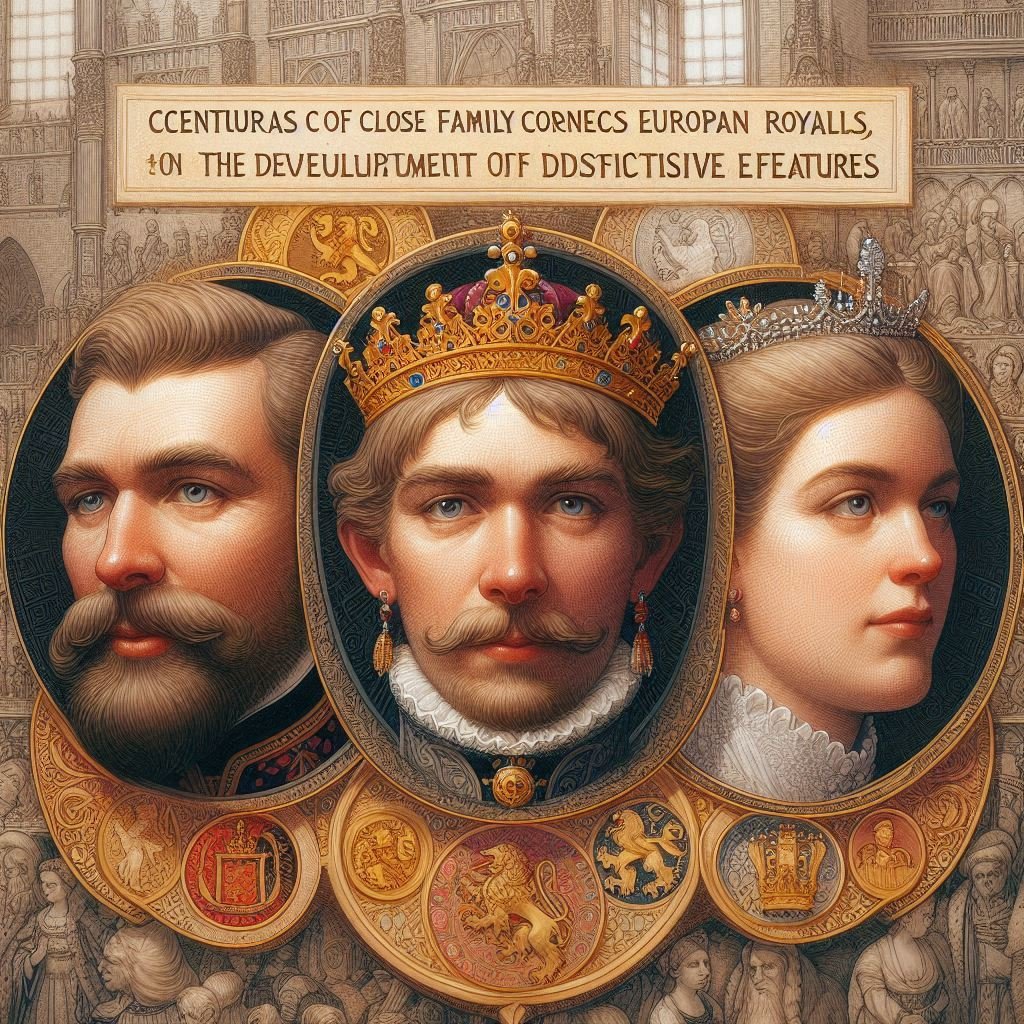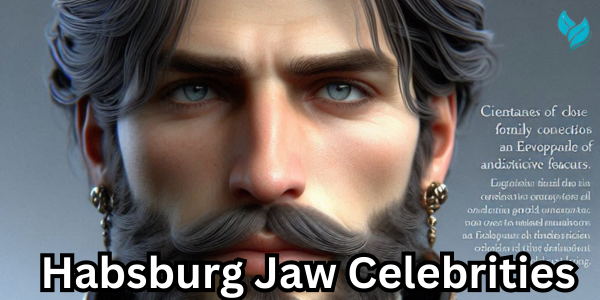The Habsburgs were a prominent European royal family that held power from the late Middle Ages until the early 20th century. They ruled over various regions, including Austria, Spain, and the Holy Roman Empire. The dynasty’s extensive influence led to the saying that the sun never set on the Habsburg empire.
The family’s power was maintained and expanded through strategic marriages, often within the family, to keep their bloodline pure and consolidate power. However, this practice of inbreeding led to the emergence of several hereditary conditions, the most notable being the Habsburg jaw, also known as mandibular prognathism.

Understanding the Habsburg Jaw
An extended lower jaw characterizes the Habsburg jaw, resulting in a prominent chin and a misaligned bite.
Centuries of intermarriage exacerbated mandibular prognathism, a genetic condition, within the Habsburg lineage.
Habsburg Jaw Celebrities: Notable Figures in History
Charles II of Spain
One of the most famous Habsburg jaw celebrities was Charles II of Spain, the last Habsburg ruler of Spain. Born in 1661, Charles II suffered from severe physical and mental disabilities, largely due to the inbreeding practices of his ancestors. His jaw was so pronounced that he struggled with basic functions such as chewing and speaking.
Political instability marked Charles II’s reign, and his failure to produce an heir triggered the War of the Spanish Succession.
Philip IV of Spain
Another notable Habsburg jaw celebrity was Philip IV of Spain, who ruled from 1621 to 1665. Philip IV’s portraits often depict him with the characteristic Habsburg jaw, although his case was less severe than that of Charles II. Philip IV significantly patronized the arts, and people often associate his reign with the Spanish Golden Age. Despite his prominence and influence, the physical trait of the Habsburg jaw was unmistakable in his appearance.
The Modern Fascination with Habsburg Jaw Celebrities
The Intersection of Genetics and History
The story of the Habsburg jaw is not just a tale of royal genetics; it is also a fascinating intersection of history, science, and culture. The way a single family shaped European history while also serving as a case study in the consequences of inbreeding intrigues modern audiences. The physical manifestation of the Habsburg jaw among the royal family provides a tangible connection to the past, allowing historians and geneticists to explore the long-term effects of intermarriage.
Celebrity Features: The Habsburg Jaw Connection
| Celebrity | Description of Feature | Additional Notes |
|---|---|---|
| Jay Leno | Prominent chin and jawline | Known for his career in comedy and late-night television. Some speculate his jawline resembles Habsburg traits(InsideHook). |
| Reese Witherspoon | Slightly pronounced jawline | While not widely associated, some discussions suggest her jaw may have Habsburg characteristics(InsideHook). |
| Aaron Eckhart | Strong jaw and chin | His facial structure has been noted in comparisons to the Habsburg jaw(New Atlas). |
| Queen Victoria | Historical figure known for distinct facial features | Her lineage includes traits linked to Habsburg inbreeding, affecting future generations(New Atlas). |
| Charles II of Spain | Historical reference with the most extreme case | Often cited as the epitome of the Habsburg jaw due to severe inbreeding(New Atlas). |
Cultural Representations and Media
In recent years, the Habsburg jaw and its association with Habsburg jaw Celebrities have been depicted in various forms of media, including documentaries, historical dramas, and literature. These portrayals often emphasize the stark contrast between the power and influence of the Habsburgs and the physical ailments that plagued them. The intrigue surrounding the Habsburg jaw has also sparked discussions about the ethics of depicting historical figures with genetic conditions, balancing historical accuracy with sensitivity.
Legacy and Lessons
The Habsburg jaw serves as a stark reminder of the importance of genetic diversity and the potential consequences of inbreeding. While the Habsburgs were not the only royal family to engage in such practices, their physical condition became emblematic of the risks associated with maintaining a “pure” bloodline. The legacy of the Habsburg jaw continues to resonate in discussions about genetics, history, and the human condition.

FAQs
1. What is the Habsburg jaw?
The Habsburg jaw, also known as mandibular prognathism, is a genetic condition characterized by an extended lower jaw, leading to a pronounced chin and misaligned bite. It became prevalent among members of the Habsburg dynasty due to centuries of intermarriage.
2. Who are some famous Habsburg jaw celebrities?
Notable figures with the Habsburg jaw include Charles II of Spain, Philip IV of Spain, and Emperor Leopold I. These royals were known for their prominent physical features and significant roles in European history.
3. Why did the Habsburgs develop the jaw condition?
The Habsburg jaw developed as a result of inbreeding within the royal family. The Habsburgs frequently married close relatives to maintain their power and wealth, leading to the accumulation of genetic disorders like mandibular prognathism.
Conclusion
The phenomenon of the Habsburg jaw and the celebrities who bore this physical trait provide a compelling glimpse into the complexities of royal history and genetics. While the Habsburg dynasty’s influence on European history is undeniable, the genetic legacy they left behind serves as a reminder of the human consequences of their quest for power. The Habsburg jaw remains a topic of intrigue, blending history, science, and culture in a way that continues to captivate audiences around the world.







